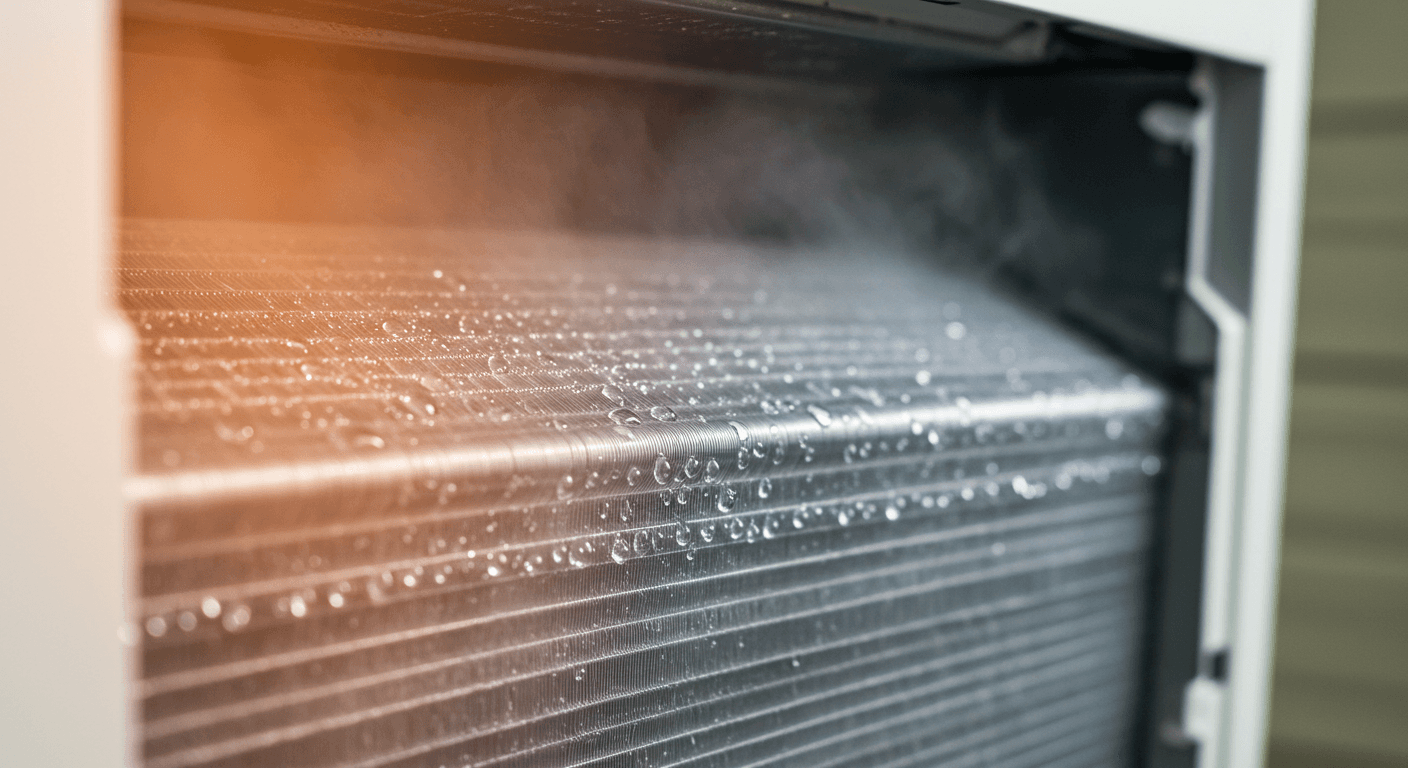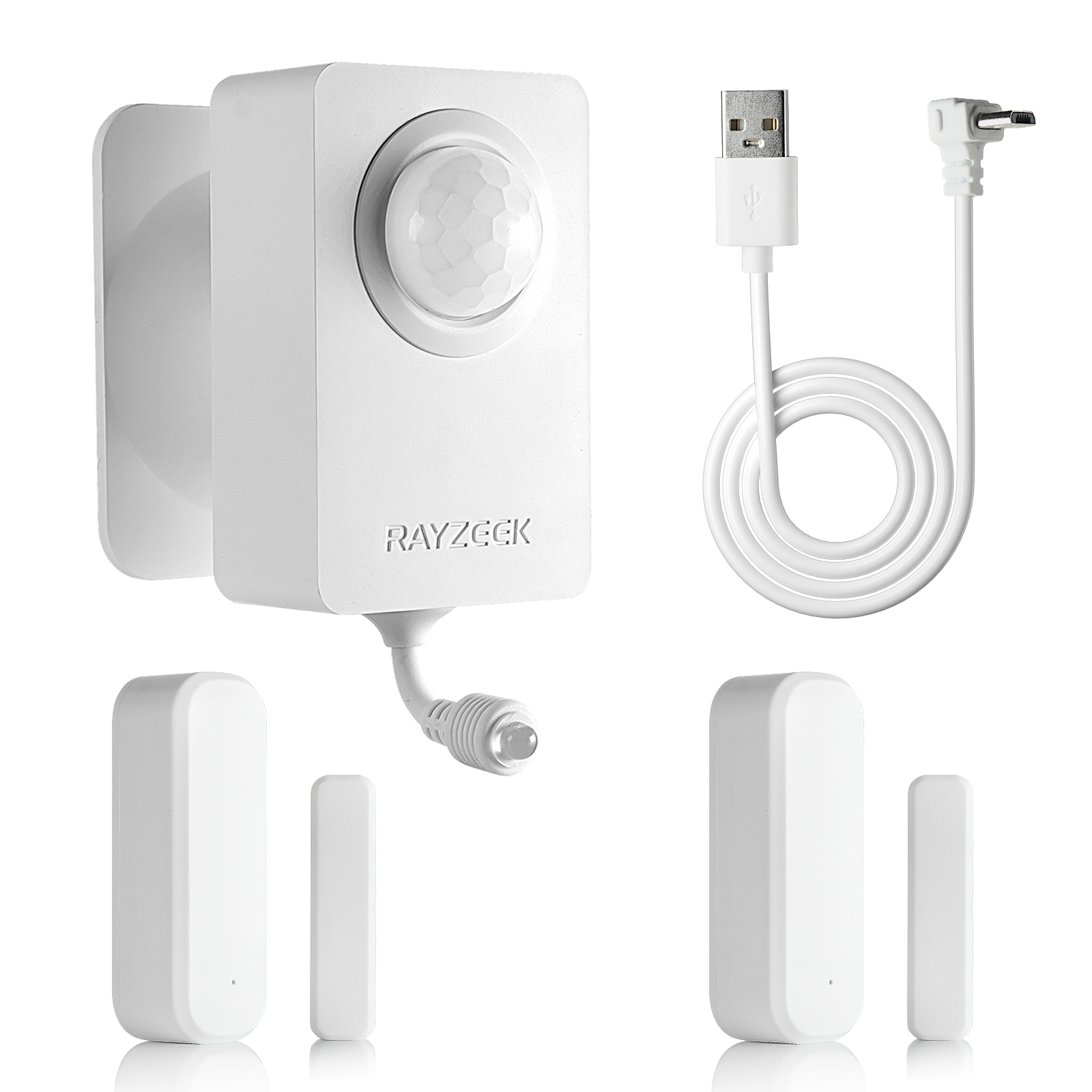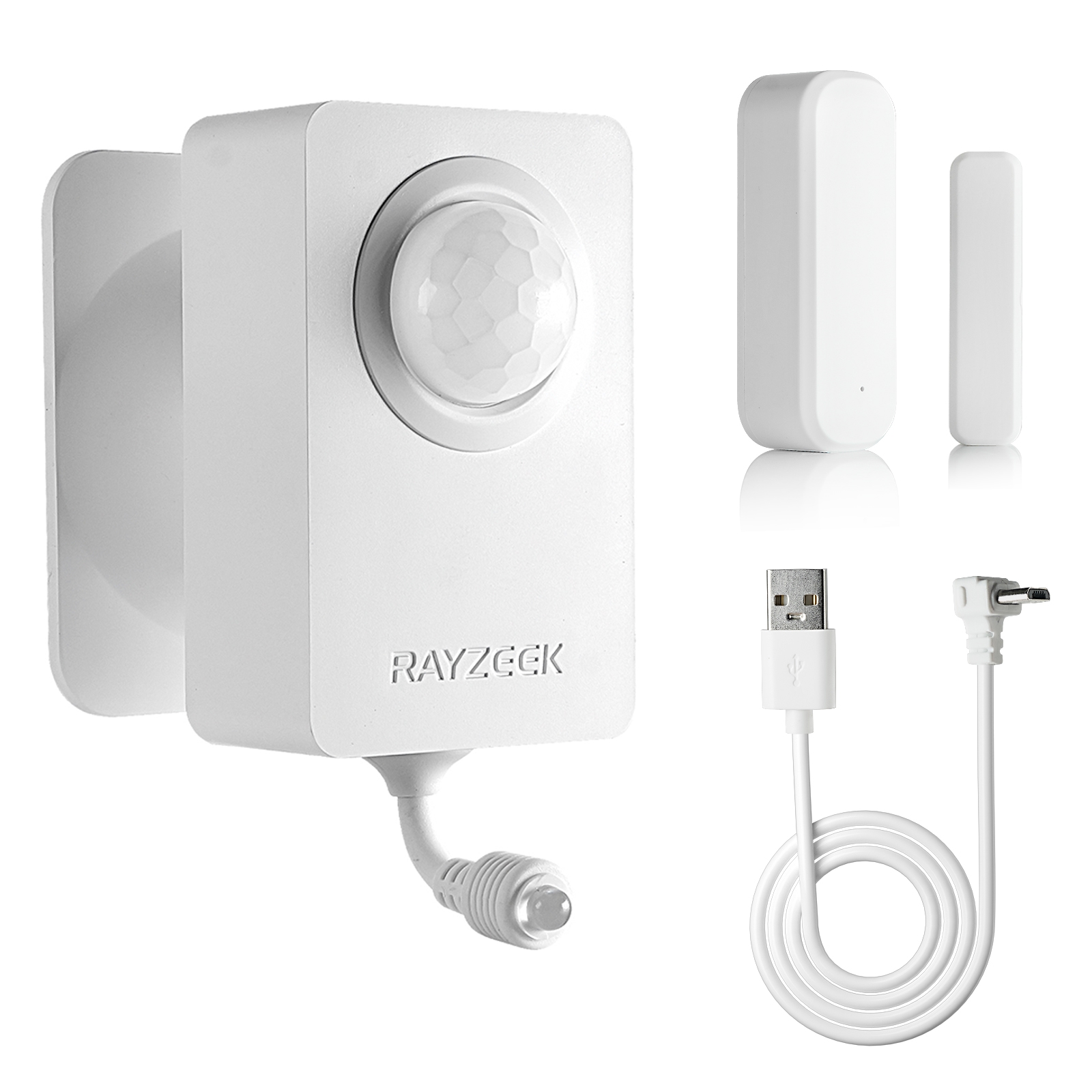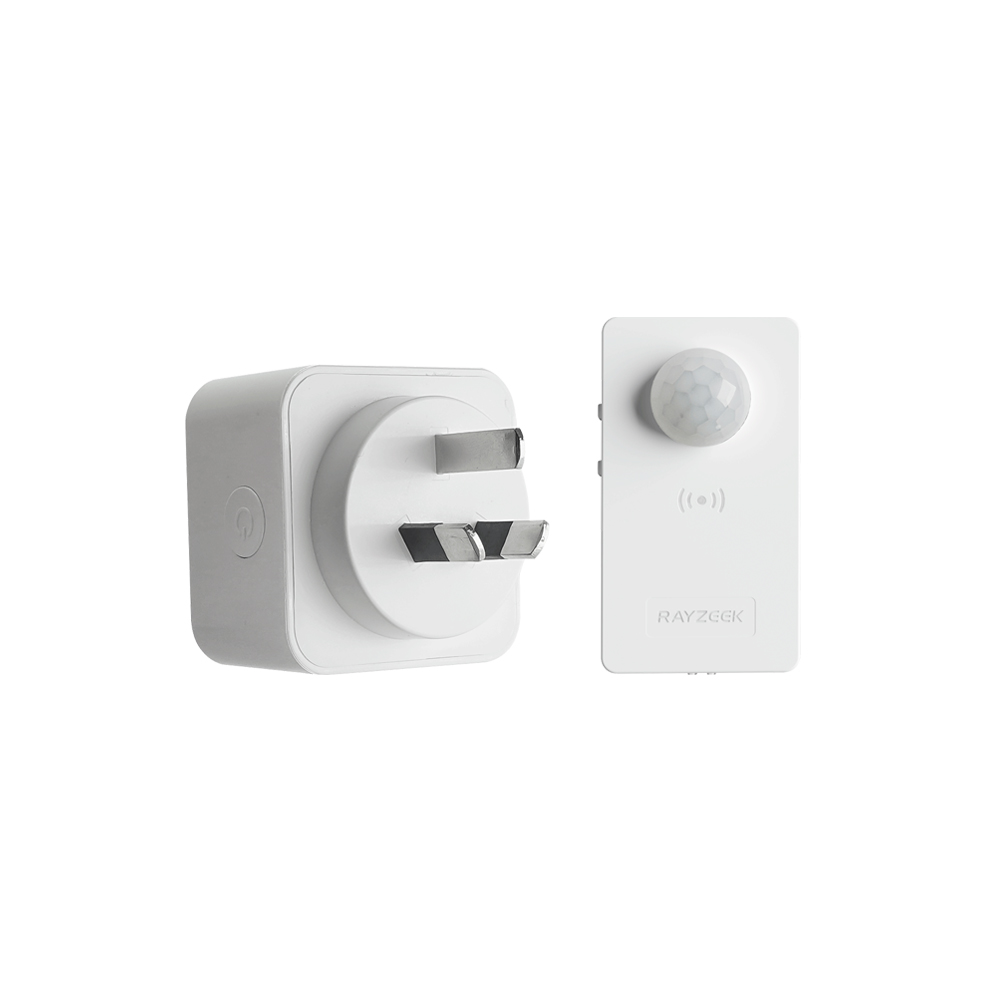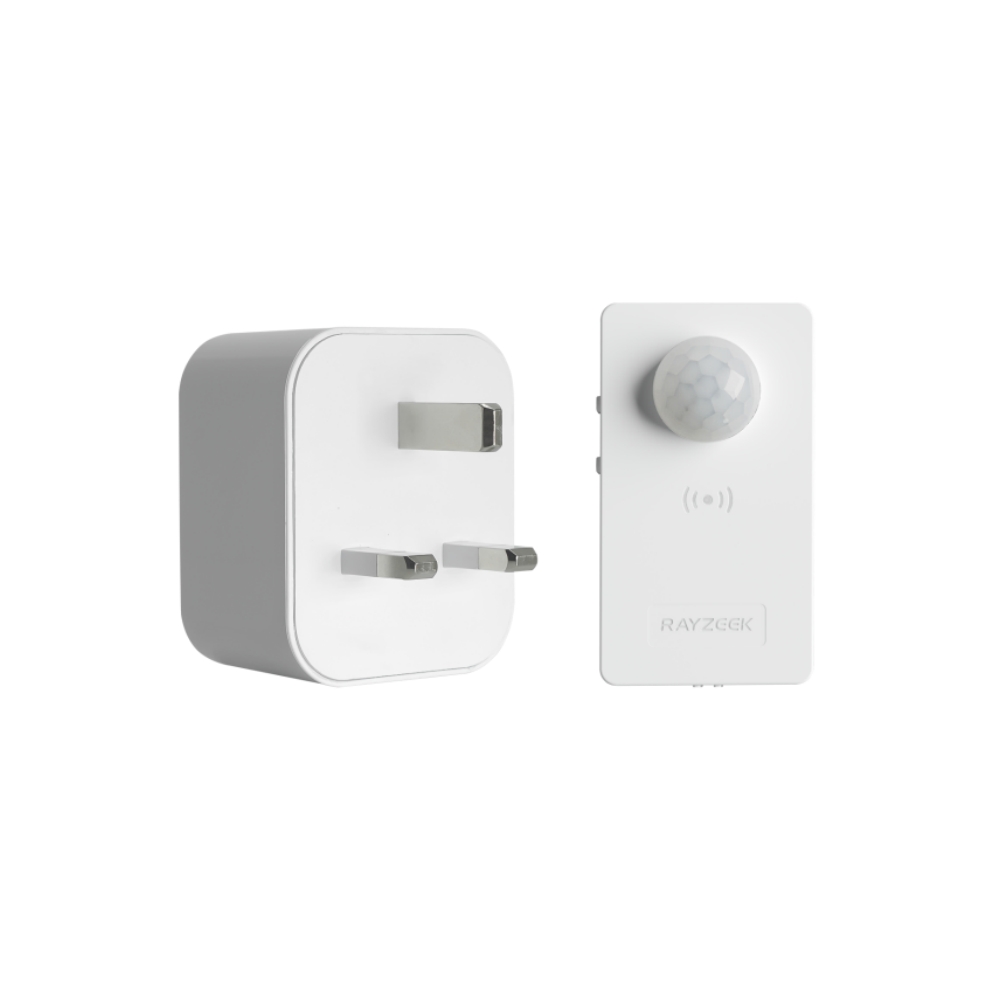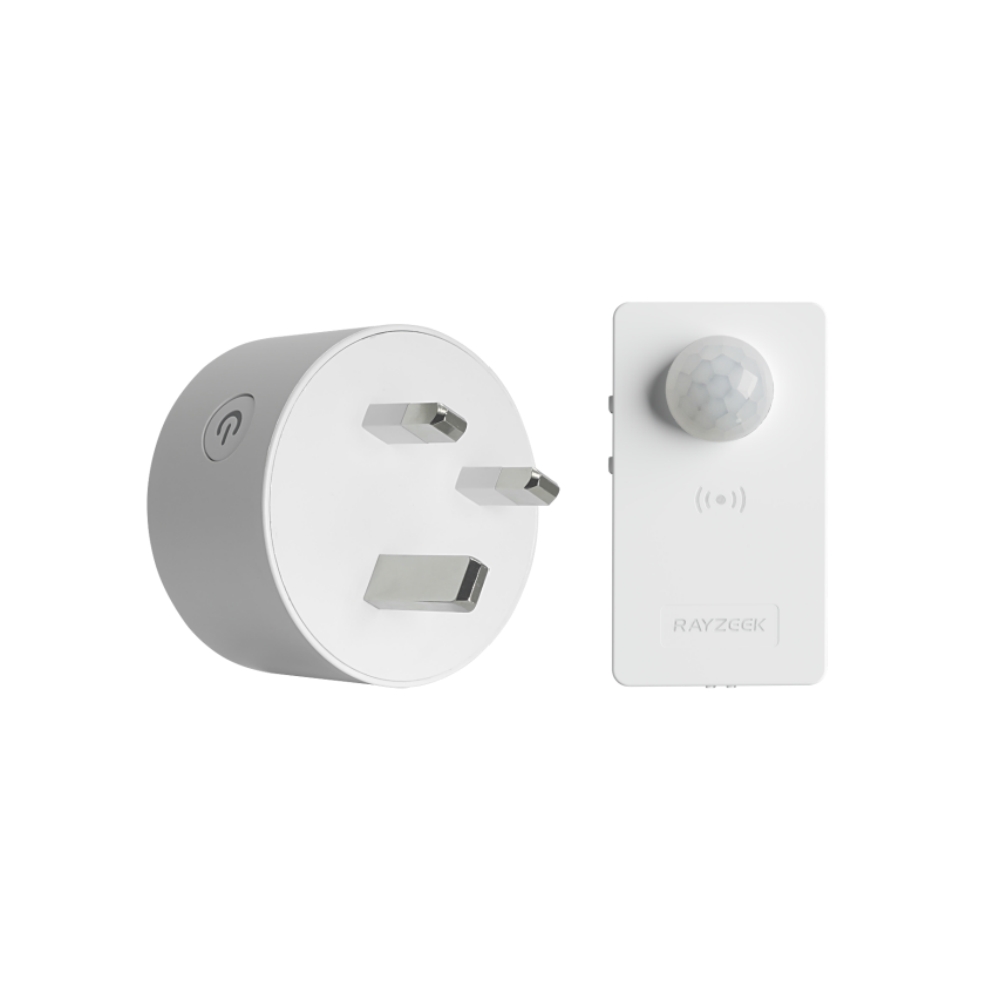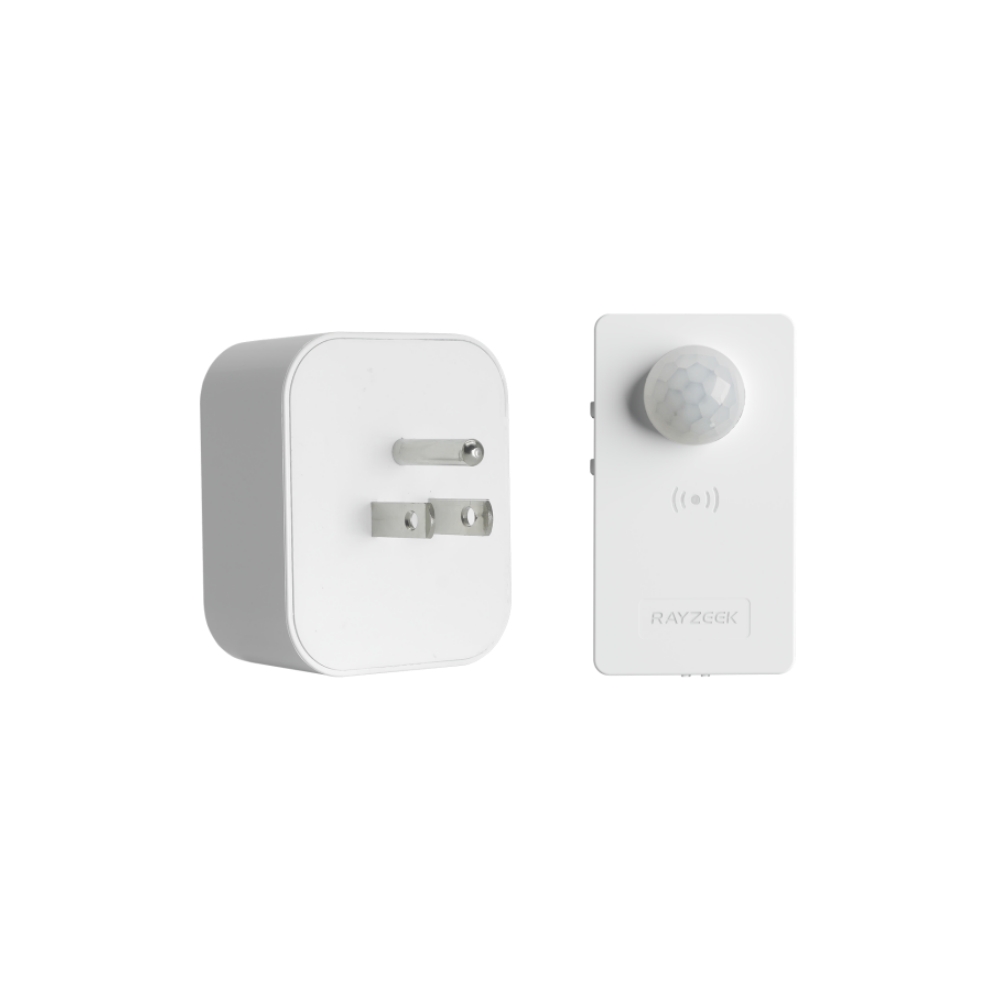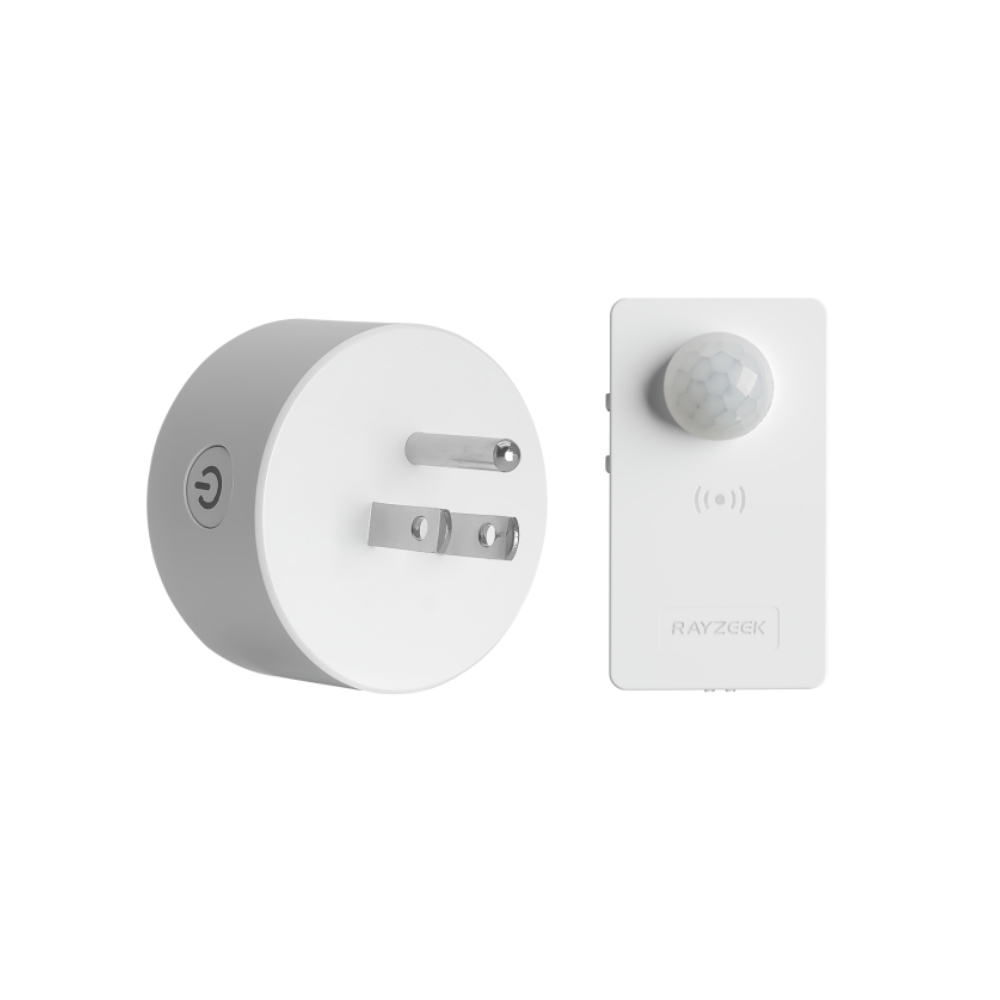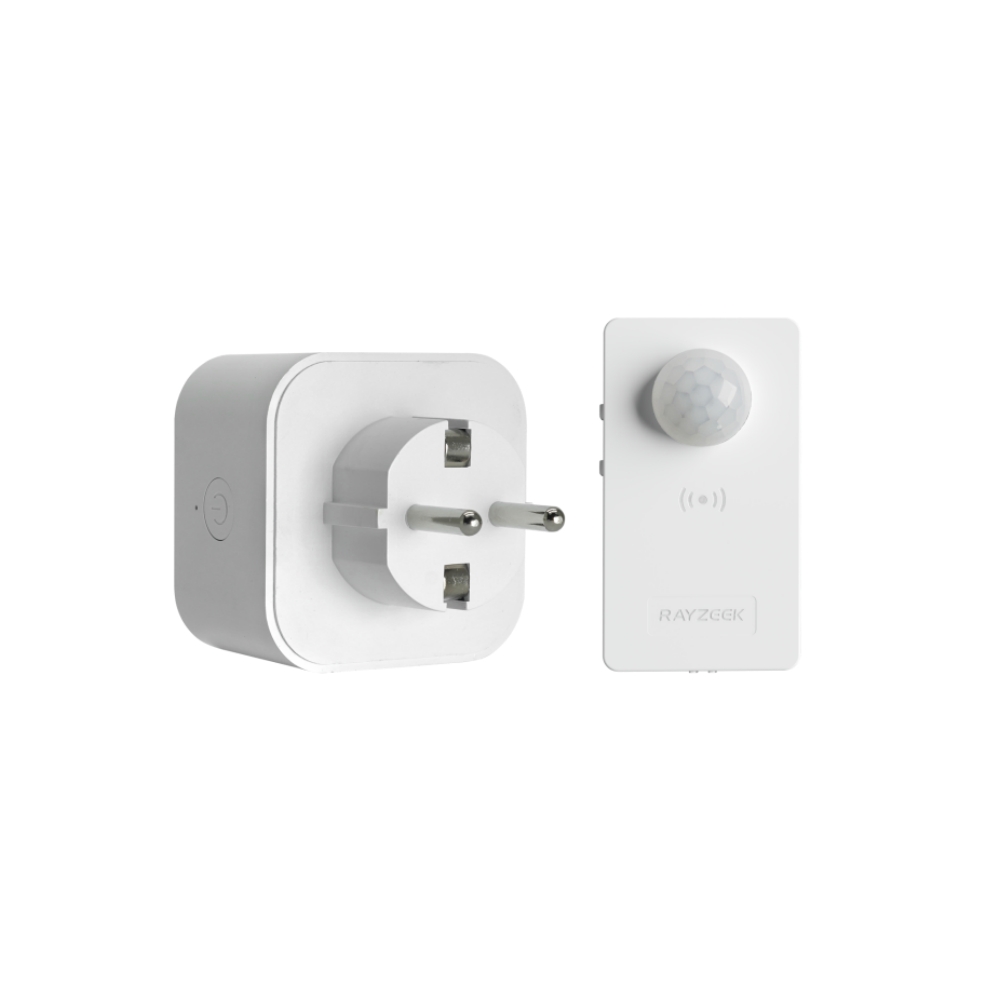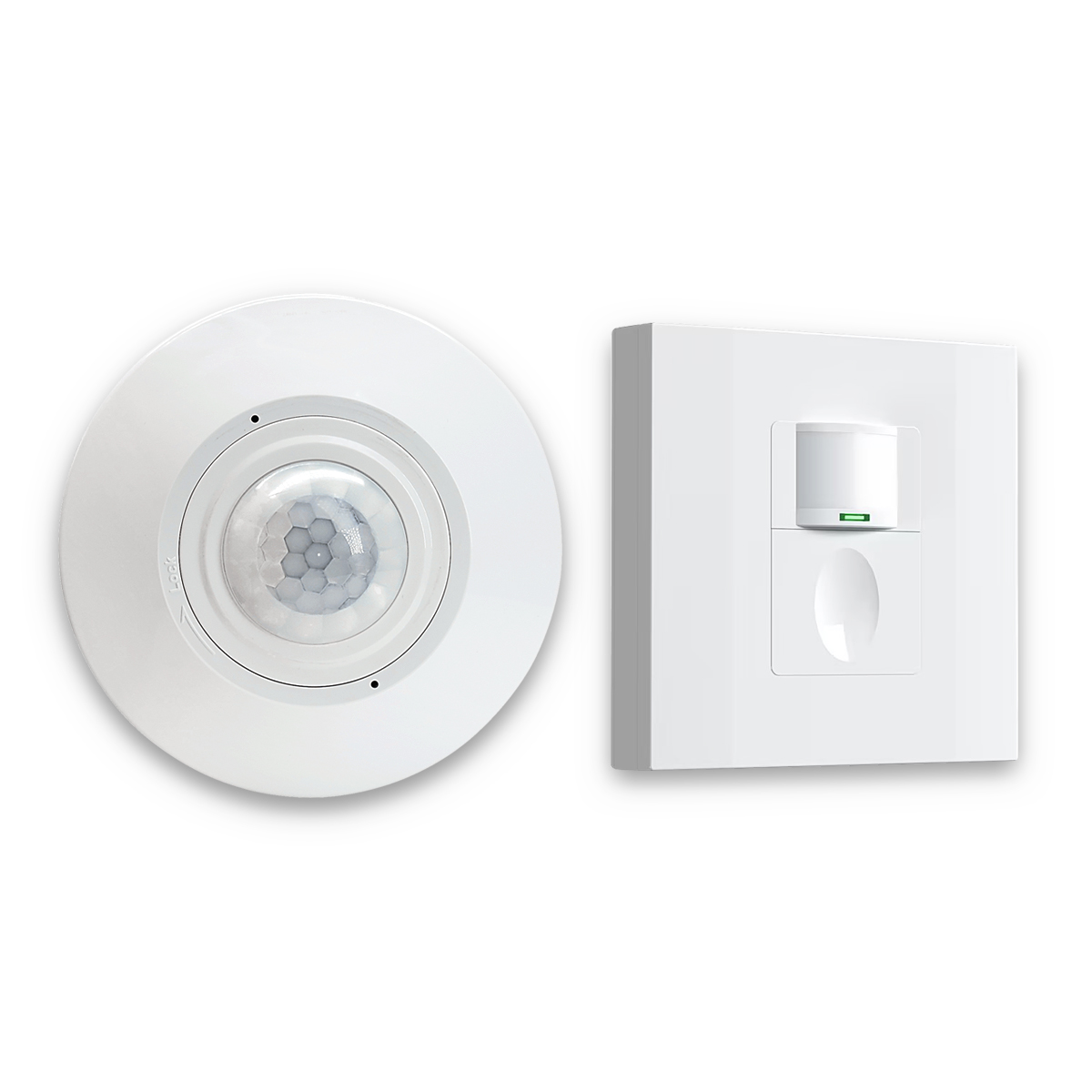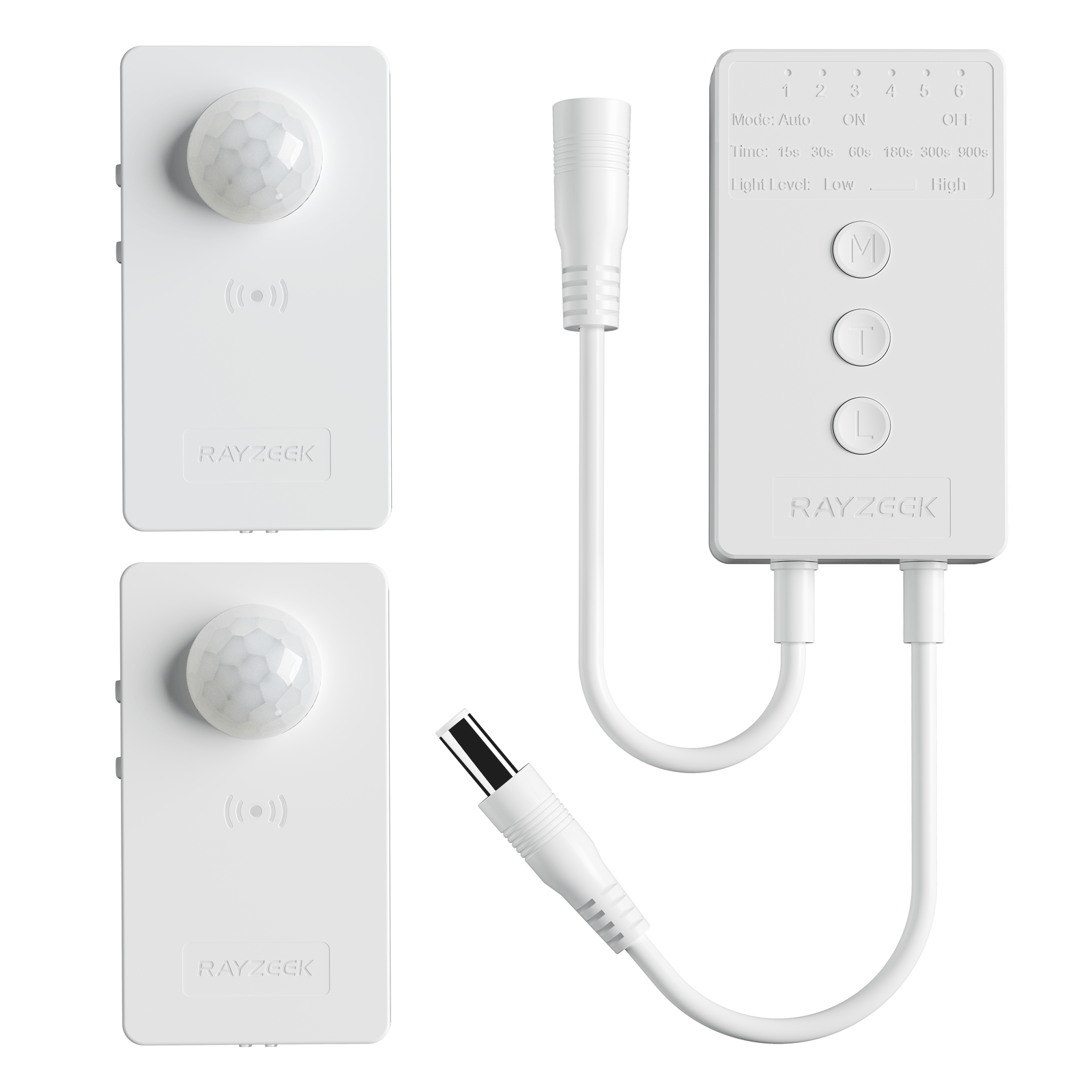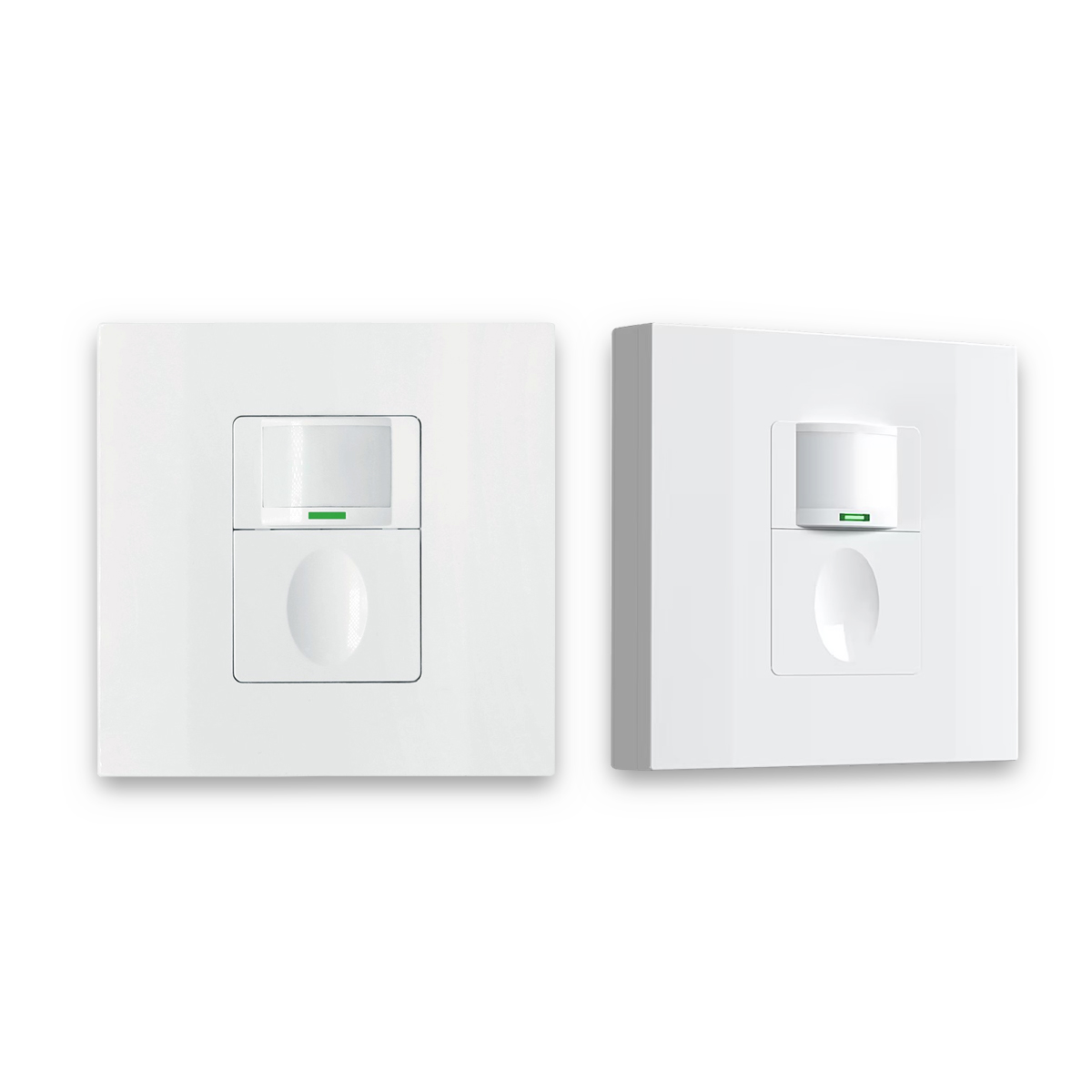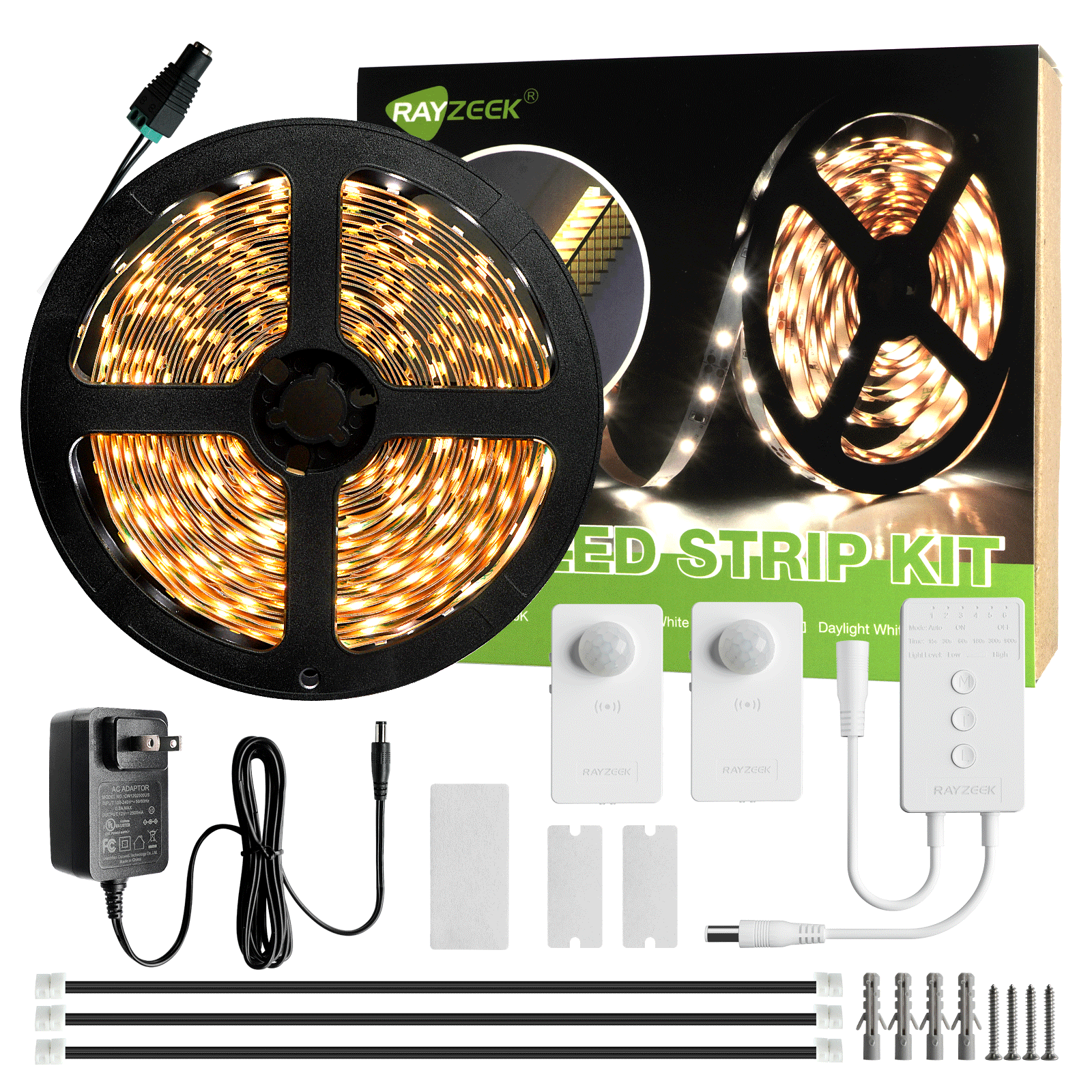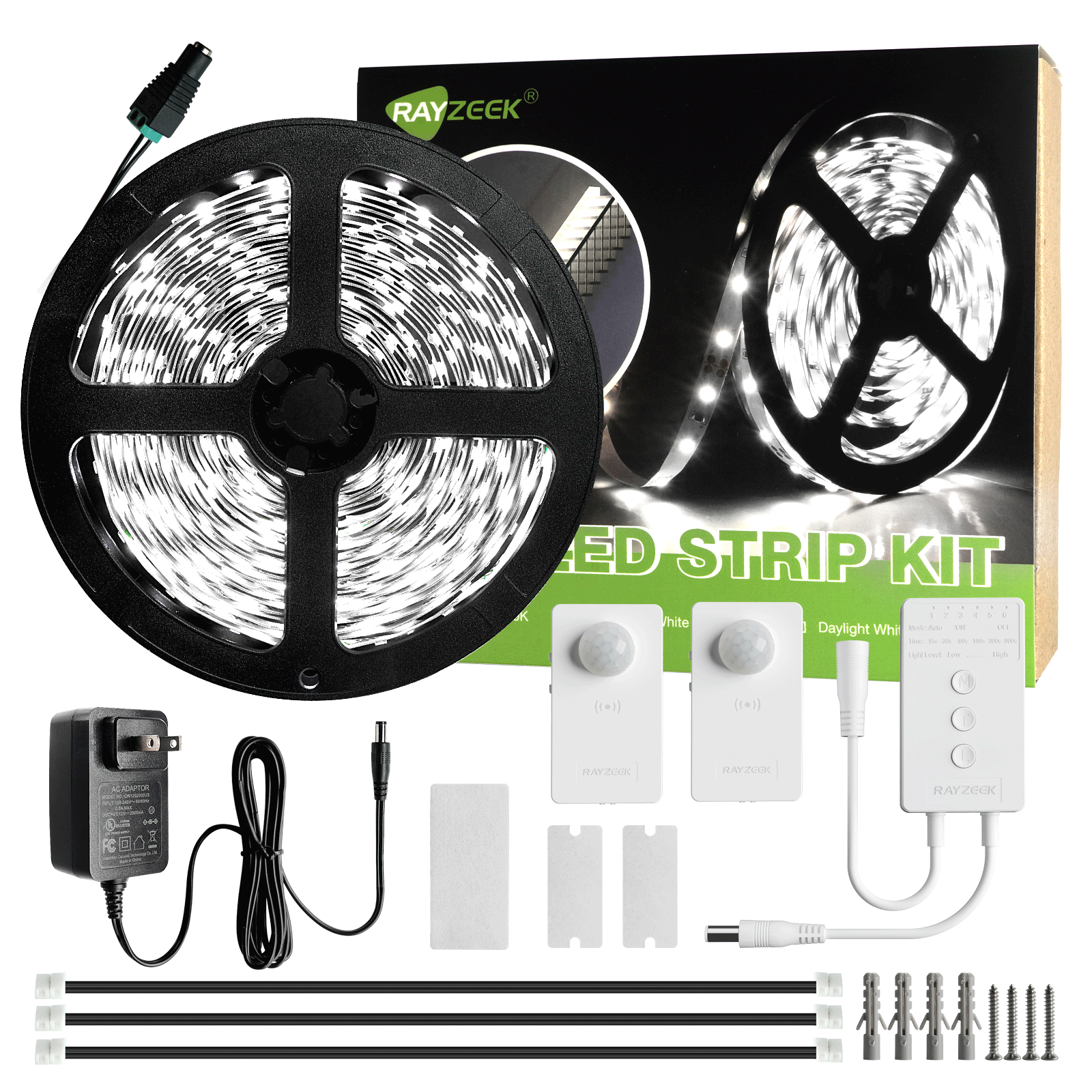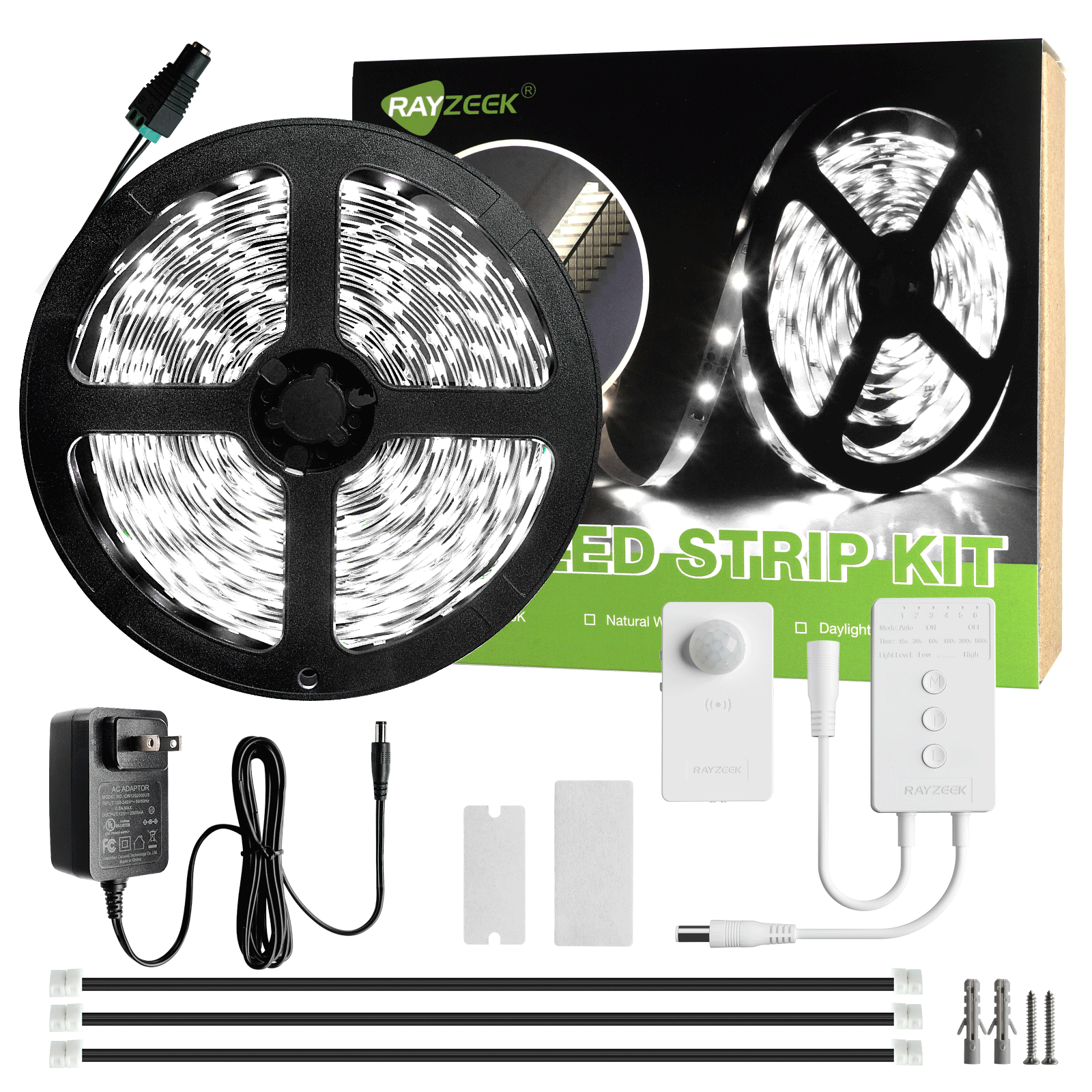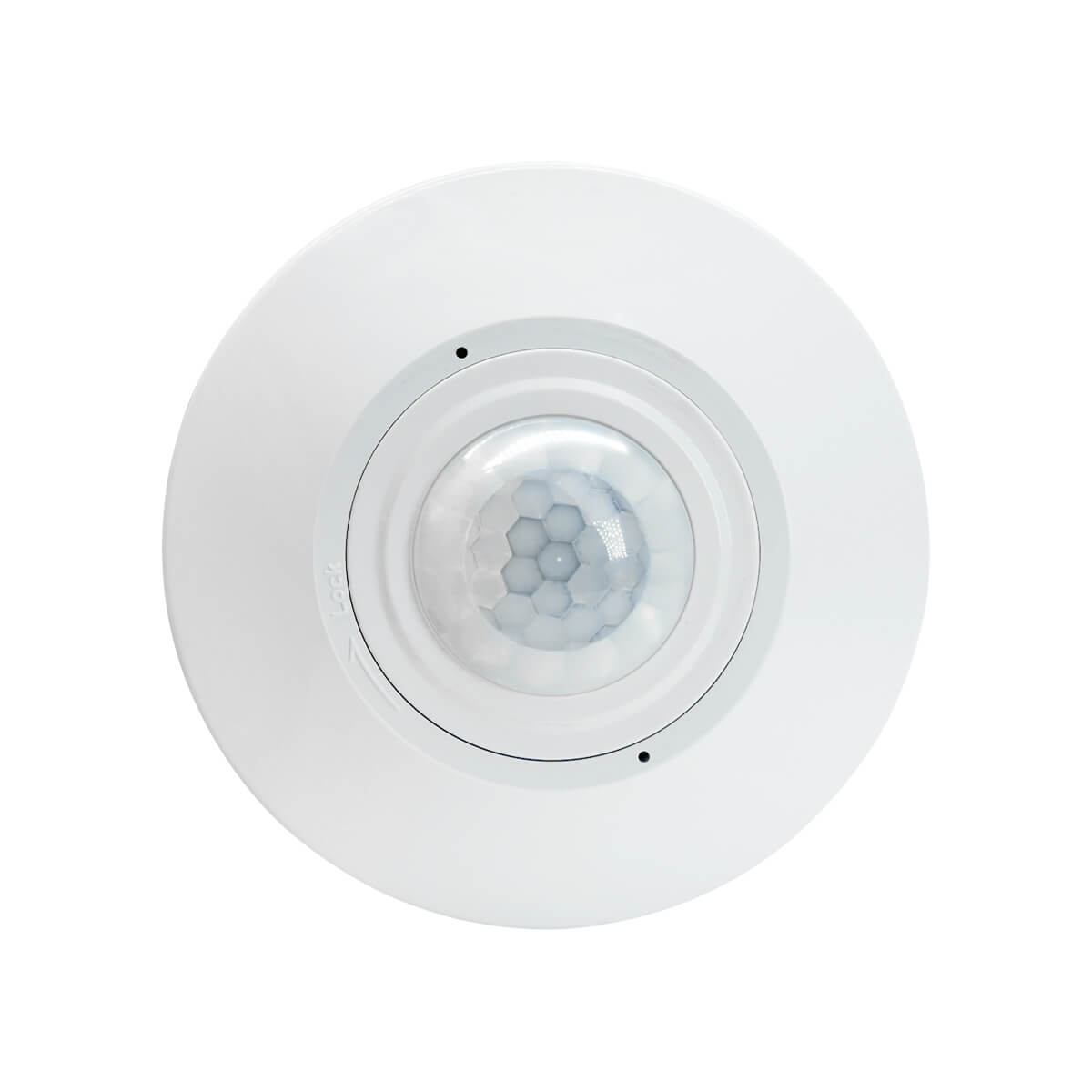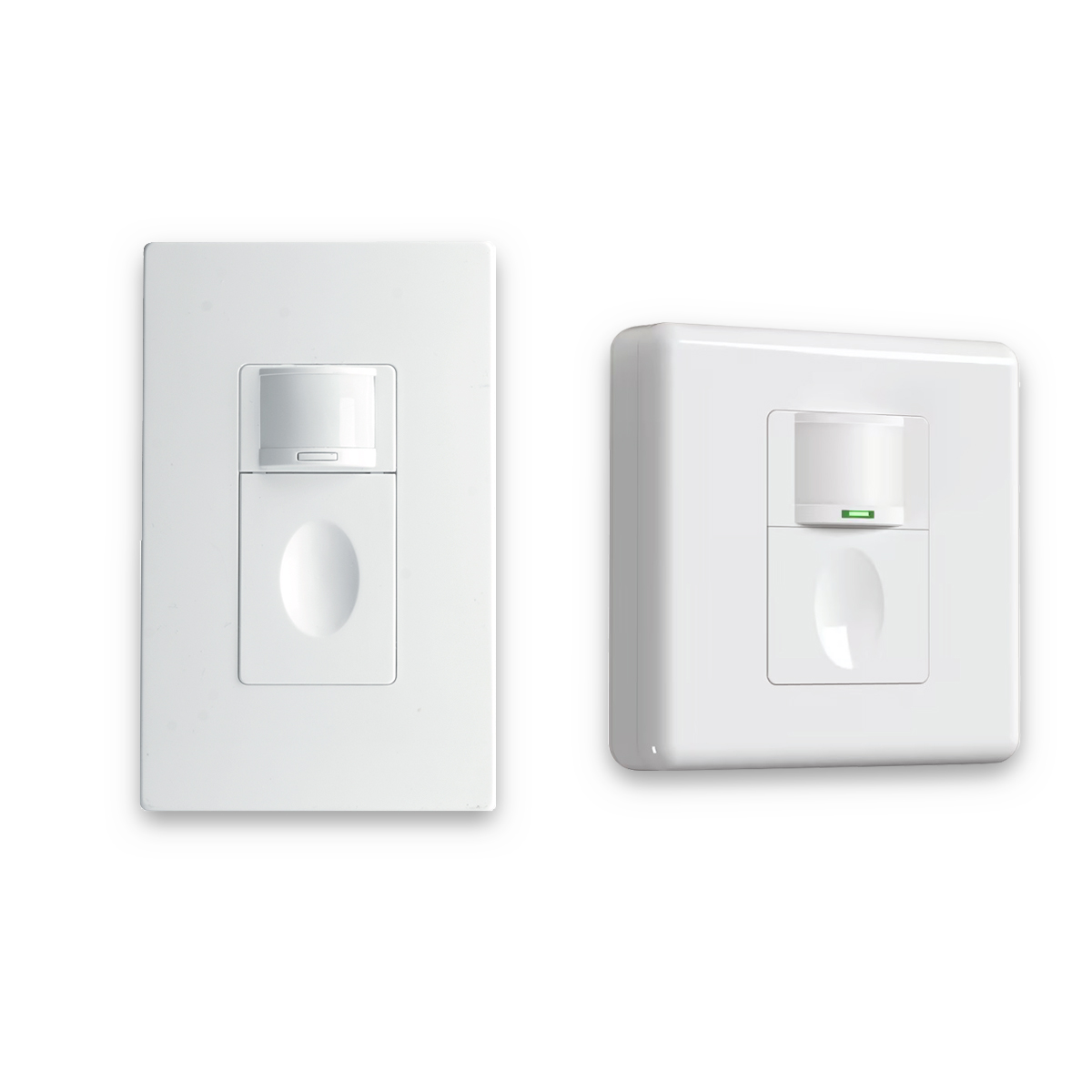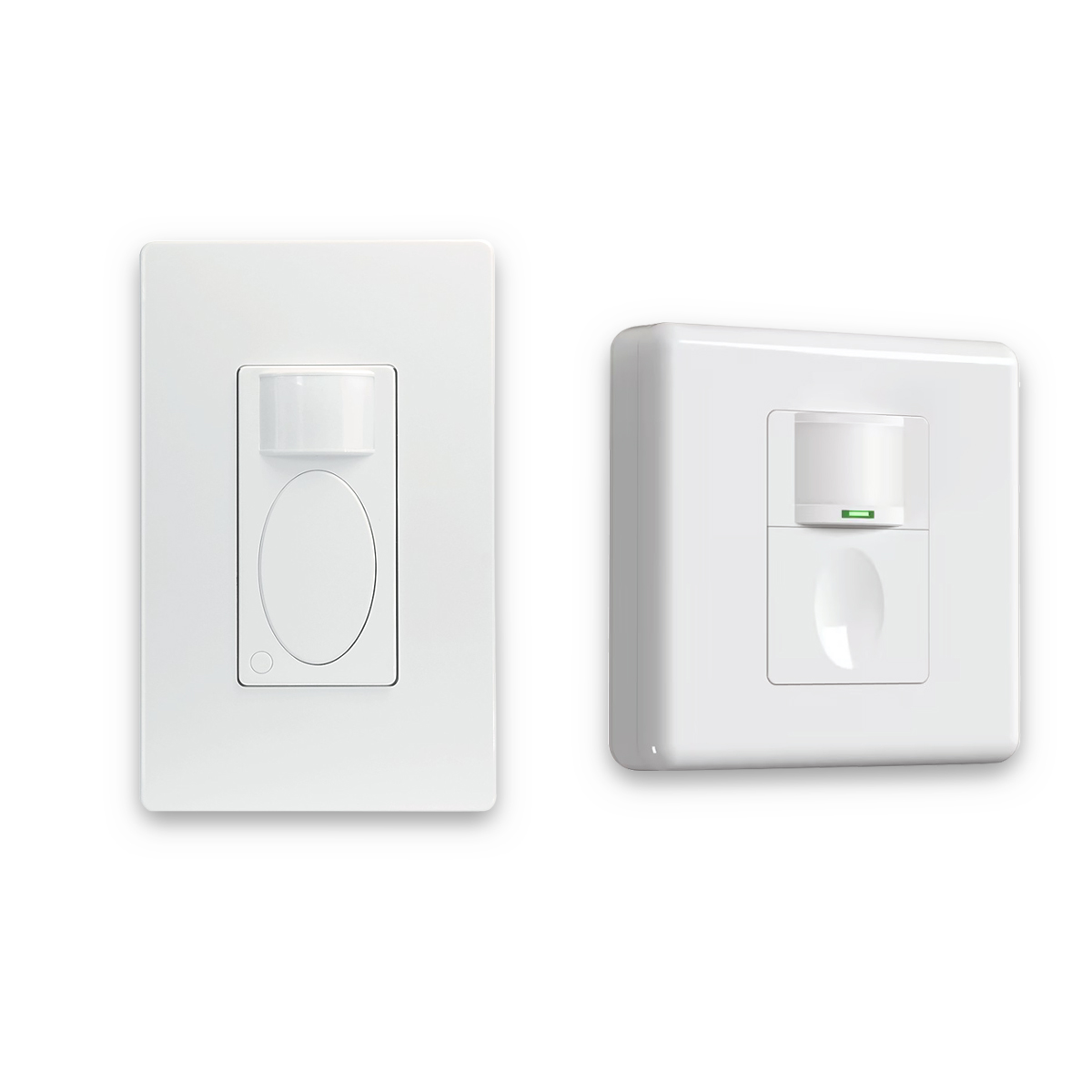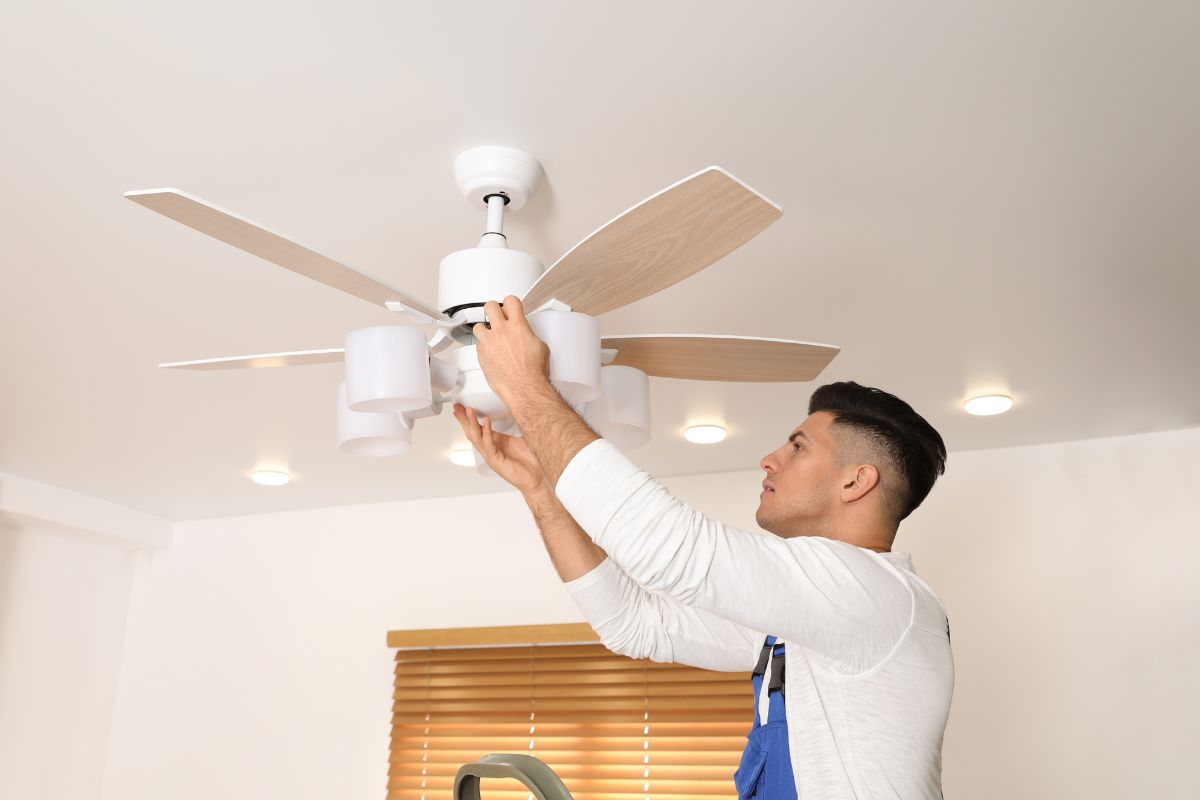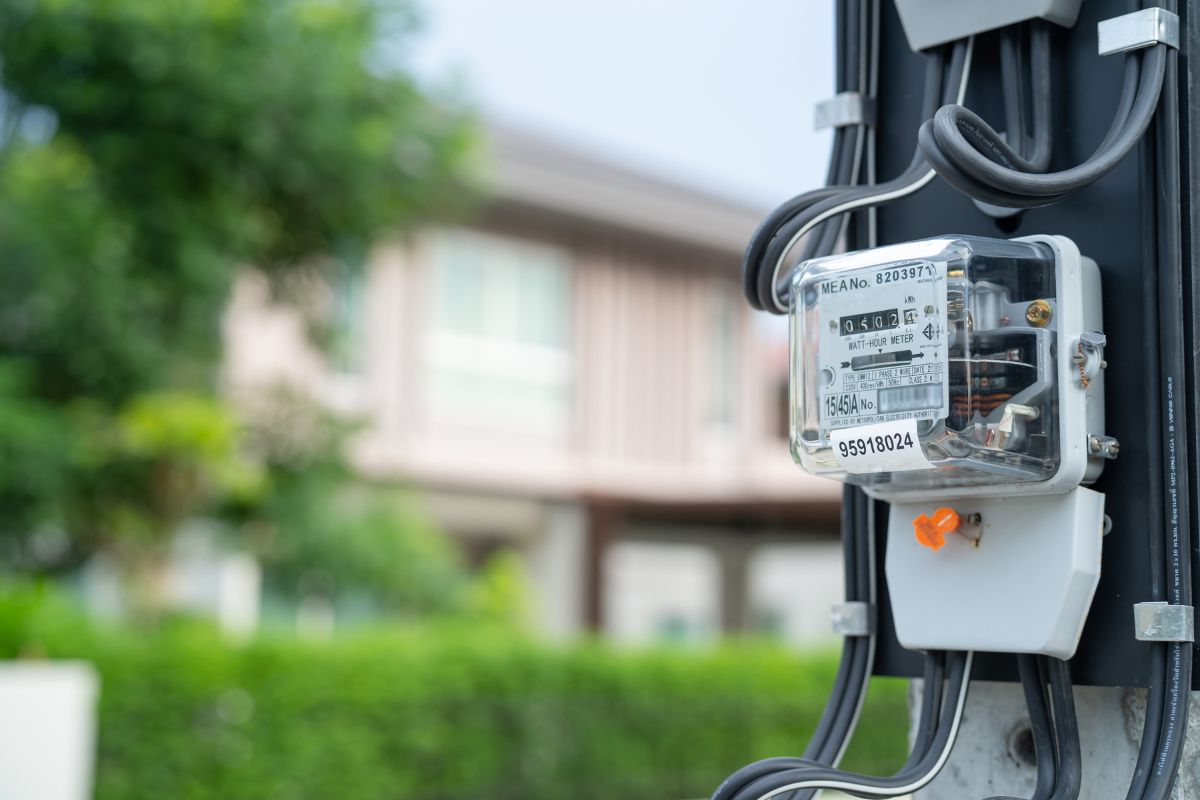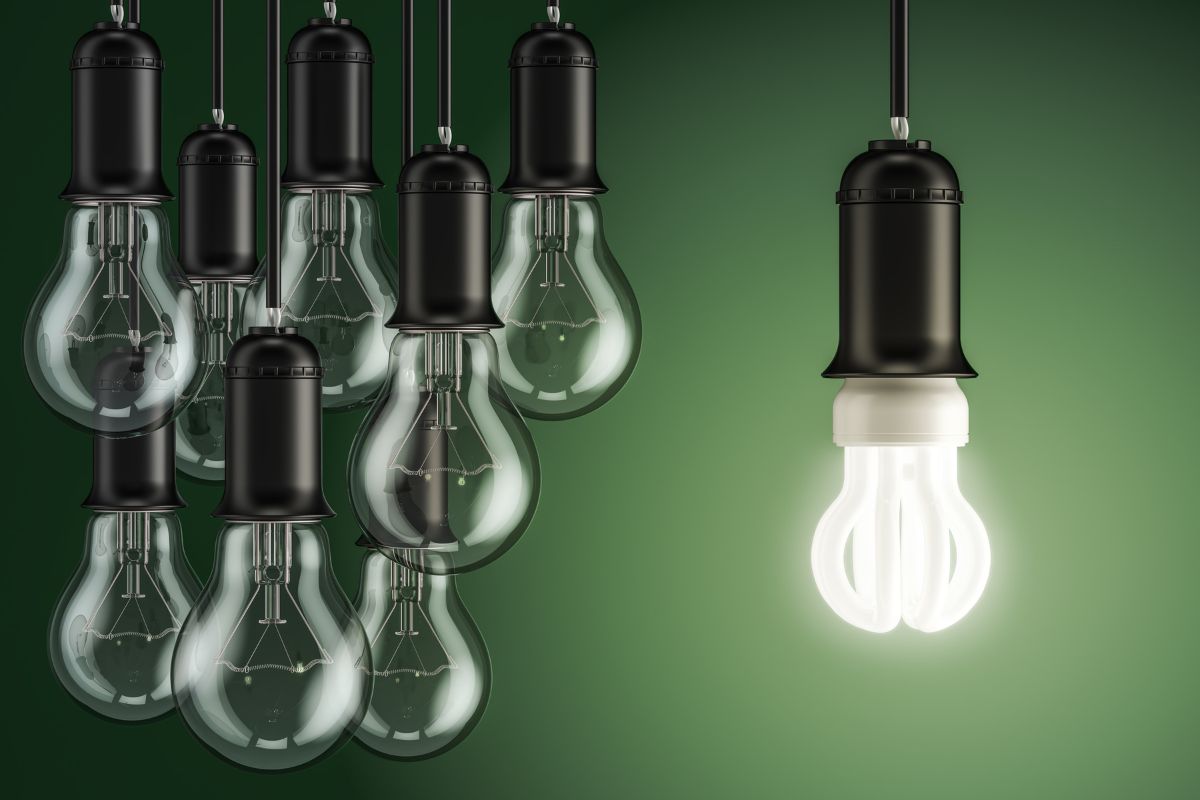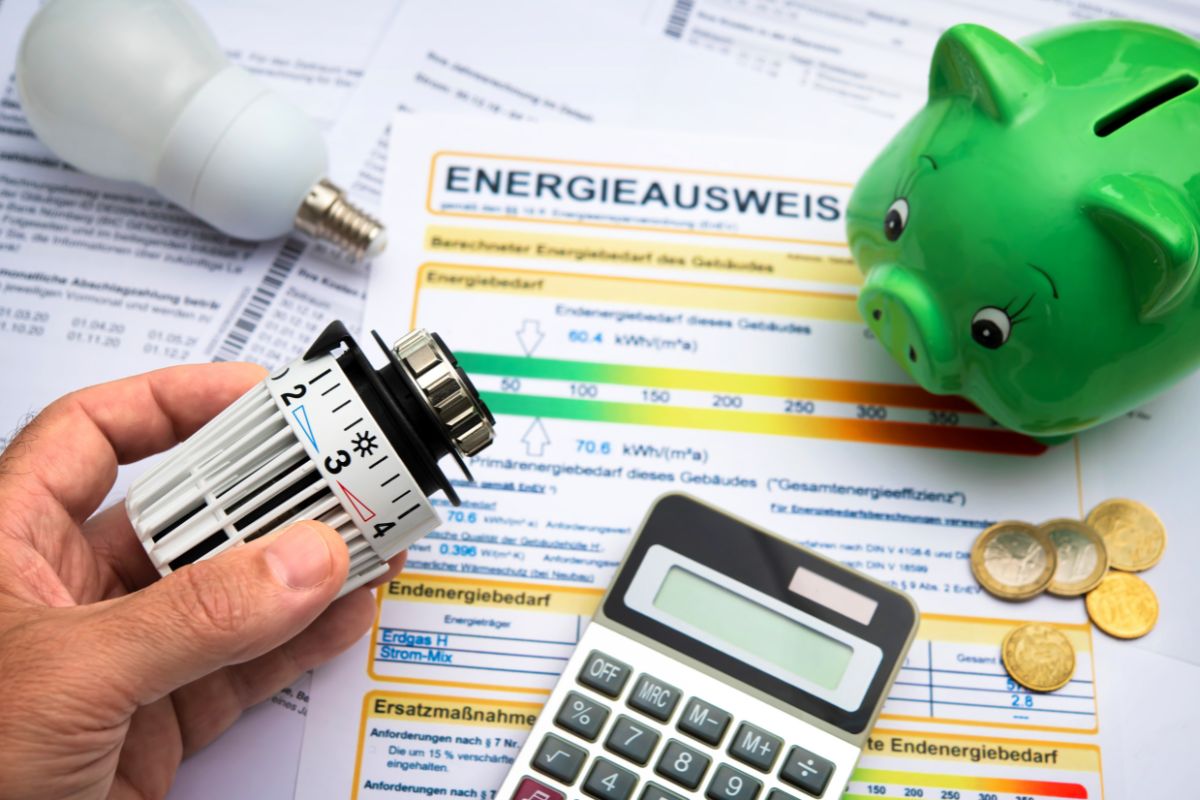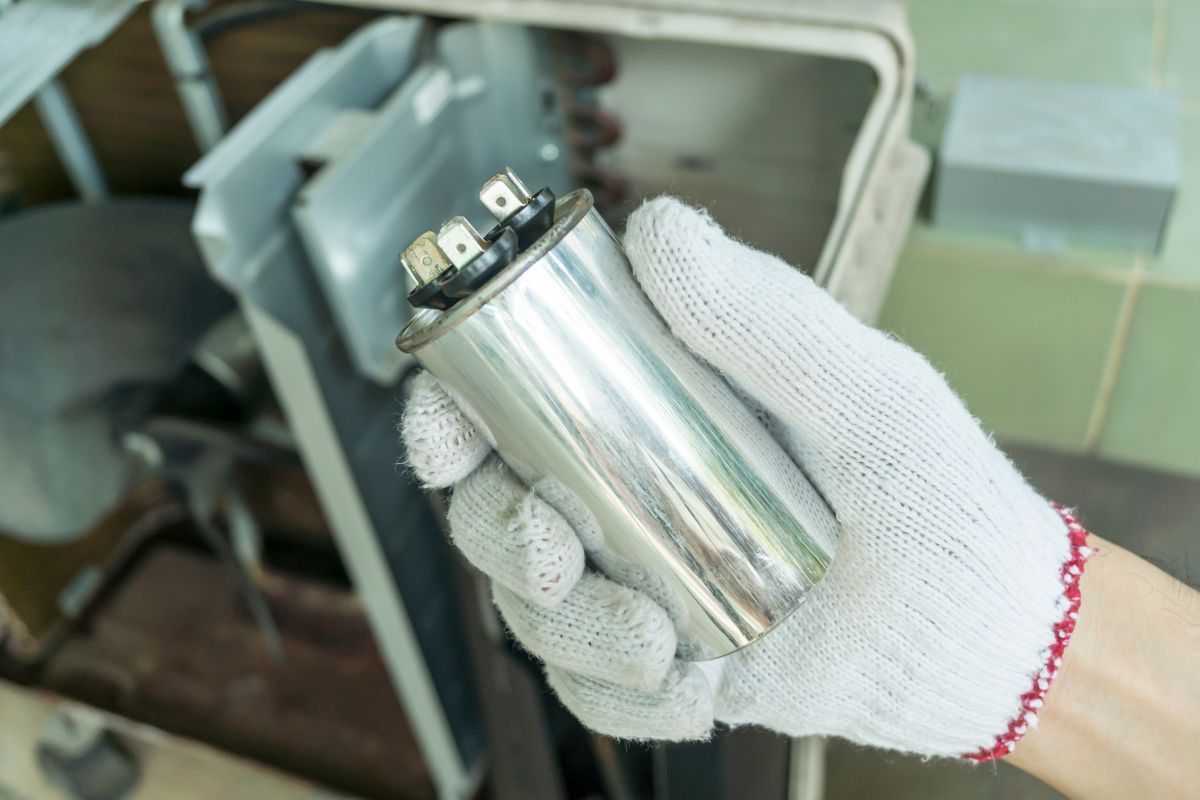Air conditioners cool the air, we all know that, but have you ever wondered if they dehumidify too, and how well they do it? Ever notice how a room feels less stuffy when the AC’s been running? It’s not just the temperature! The magic of cooling air naturally involves removing moisture, a key aspect we often miss. This is a fundamental principle of physics, and it’s what allows air conditioners to do double duty. High humidity can make a room feel sticky and uncomfortable, encourage mold growth, and even damage your belongings. It’s that heavy, muggy feeling we all hate on a hot day.
Air conditioners are a must-have in many homes and offices, especially when you live where it gets humid. I mean, how else would we survive those hot summer months? They really do make a difference in our indoor air quality and comfort, not just by keeping the temperature down, but also by managing the humidity. Think of it as creating a more comfortable and healthier space for you to live and work in.
So, what’s the plan for this article? We’re going to dive into how air conditioners dehumidify, explaining the science and practical stuff in a way that’s super easy to grasp, even if you’re not a science expert. We’ll also chat about why you can’t always rely on your AC for dehumidifying, because, let’s face it, they’re not always the perfect tool. Finally, we’ll compare air conditioners with dehumidifiers, so you can figure out what works best for you. Now, it’s important to remember that while air conditioners do remove moisture, their main gig is cooling. This can sometimes lead to humidity issues, which we’ll definitely get into later.
How Air Conditioners Dehumidify
So, how do air conditioners dehumidify? Well, the secret lies in something called the refrigeration cycle. This cycle is what makes your AC work its magic, both cooling and dehumidifying the air. Think of dehumidification as a crucial “side effect” that’s deeply connected to the physics of heat transfer. This cycle relies on a special fluid called a refrigerant. This refrigerant has a neat trick: it absorbs and releases heat as it changes between a liquid and a gas. Think of it like a heat shuttle, constantly moving heat from inside your home to the outside. It’s not just a happy accident that your AC dehumidifies; it’s a fundamental part of how the cooling process works. But, this also means that the dehumidifying power is linked to, and somewhat limited by, how well it’s cooling.
Now, this refrigerant doesn’t just wander around; it circulates within a closed system of coils. Think of it as a continuous loop where the refrigerant is constantly changing and moving heat. This system has two main parts: the evaporator coil, which is cold, and the condenser coil, which is hot. The evaporator coil, usually inside your home, is where the refrigerant absorbs heat from the indoor air. The condenser coil, typically located in the outdoor unit, is where it releases that heat to the outside air.
Next up, warm, humid air from your room gets drawn into the air conditioner, usually by a fan that pulls the air through the unit. This air then passes over those cold evaporator coils we just talked about. Now, here’s a key point: optimal airflow is crucial for efficient cooling and dehumidification. If there’s too little airflow, not enough moisture gets removed. But, if there’s too much, the cooling and dehumidifying won’t be as effective. It’s a delicate balance – like Goldilocks and the Three Bears, you need the airflow to be just right.
Okay, so cooling and dehumidifying aren’t separate events; they’re actually happening at the same time inside your air conditioner, and they’re directly linked. The main thing to remember is that warm air can hold more moisture than cold air. Think about it like this: remember a cold glass of water on a humid day? Water droplets form on the outside because the cold glass cools the air around it, causing the water vapor in the air to condense. Well, that’s the same principle at work inside your air conditioner!
So, as that warm air flows over the evaporator coil, its temperature drops significantly. This is where the real magic happens! The evaporator coil is usually running at a chilly 40-50°F, although this can vary a bit depending on the specific refrigerant and how the system is designed. This creates a big temperature difference, which is super important for removing heat and moisture. Because the air is cooled below its “dew point” (think of it as the temperature where the air has to “let go” of some of its moisture), the extra moisture turns into liquid on the cold surface of the evaporator coil. Remember how we talked about air conditioners cooling and dehumidifying? Well, now you’re seeing how these two things are totally connected through the refrigeration cycle! It’s all part of the same process.
Now, the design of that evaporator coil is pretty important. Things like how many fins it has and its surface area really affect how well it transfers heat and dehumidifies. It’s not just a simple coil; it’s a carefully engineered component! Since the evaporator coil plays such a crucial role in the condensation process, we’re going to take a closer look at it in the next section.
The Role of Evaporator Coils in Dehumidification
Alright, let’s zoom in on the evaporator coil. This is the cold side of your air conditioning system, and it’s where the magic happens when it comes to dehumidification. Seriously, this is where the moisture is actually removed from the air. Building on what we’ve already learned about the refrigeration cycle, we’re now going to focus on this key component, where that crucial process of condensation takes place. Think of it as the star player in the dehumidification game.
Now, the evaporator coil is way colder than the air around it. That temperature difference is what makes the whole process work! While it’s usually above freezing, it’s pretty close, typically just a few degrees above 32°F. This is to prevent ice from forming under normal conditions. But, hey, sometimes ice does form. That’s why you might have defrost cycles, which temporarily reverse the refrigeration cycle to melt any ice that’s built up. It’s basically a safety mechanism to keep your unit from getting damaged.
So, as that warm, humid air passes over the super-cold evaporator coil, the water vapor in the air does something pretty cool: it undergoes a phase transition, turning from a gas back into a liquid. In other words, the moisture in the air turns back into water! This water then collects in a drain pan and gets removed from the system through a drain line. That’s why you might see a little pipe dripping water outside your house near your AC unit.
The evaporator coil is the main component responsible for removing moisture in your air conditioner. Without it, your AC would just be blowing cold air, not actually dehumidifying! Now, here’s a tip: dirty coils can really reduce efficiency. They hinder heat transfer and airflow, which means less cooling and less dehumidifying. So, keeping your AC clean is super important for it to work properly.
Looking For Motion-Activated Energy-Saving Solutions?
Contact us for complete PIR motion sensors, motion-activated energy-saving products, motion sensor switches, and Occupancy/Vacancy commercial solutions.
You’ll notice that the evaporator coil is designed with fins. Think of these fins as tiny little shelves that help the coil do its job. By increasing the surface area, these fins allow for more contact between the humid air and the cold coil. This enhances heat exchange and condensation, which means more moisture can be removed from the air!
Did you know that evaporator coils come in different shapes? You might see A-coils, N-coils, or even slab coils. These different shapes are designed to fit different types of AC units, and each shape offers different performance and space-saving benefits. Some are better for smaller spaces, while others are more powerful. Remember, a larger surface area (assuming you have good airflow) means a higher dehumidification rate. It’s all about getting as much contact as possible between the air and that cold coil! Also, some evaporator coils have special hydrophilic coatings. These coatings help water drain away more quickly, making the whole process even more efficient.
Condensation Explained
Okay, let’s talk about condensation. What is it, exactly? Well, it’s the process where water vapor (that’s water in its gaseous form) turns into liquid water. It’s basically the opposite of evaporation. This happens when air containing water vapor gets cooled down to a low enough temperature. Cooling is the key ingredient here! This process, which we saw happening on the evaporator coil, is a fundamental thing that happens all the time, all around us.
Now, let’s talk about the “dew point.” This is the temperature where air becomes totally saturated with moisture and can’t hold any more water vapor. Think of it as the air’s “saturation point” for water. Warmer air can hold more moisture than colder air. That’s why it often feels more humid in the summer. So, as air cools down, its ability to hold water vapor decreases. It’s like squeezing a sponge – as you squeeze (or cool) it, the water (or moisture) comes out!
So, what happens when air gets cooled below its dew point? Well, the extra water vapor that it can’t hold anymore condenses into liquid water. The air simply can’t hold all that moisture, so it has to let it go. A classic example of this is a cold glass of water on a humid day. The glass cools the air right around it, causing water vapor to condense on the outside. You’ve probably seen this a million times!
Condensation isn’t just about your AC; it’s a fundamental part of the whole water cycle! It’s how clouds and rain form, moving water from the atmosphere back to the earth. Now, how fast does condensation happen? Well, the bigger the difference between the air temperature and the dew point, the faster the condensation rate. A bigger temperature difference means faster condensation, up to a point. Also, slightly higher air pressure can slightly increase the dew point temperature. It’s a more subtle effect, but it’s still part of the physics.
Here’s something a little more technical: condensation releases something called “latent heat.” This is the energy that’s absorbed or released when a substance changes phases. That’s why the evaporator coil needs to continuously remove heat to stay cold. This released heat needs to be removed to keep the whole process going. Also, in AC systems, condensation usually happens on a surface (the evaporator coil) rather than in the air itself. The evaporator coil provides the perfect spot for the water vapor to condense.
What is Relative Humidity?
Let’s talk about Relative Humidity (RH). What is it? Well, it’s a way of measuring how much moisture is in the air compared to how much moisture the air could hold at a specific temperature. It’s a relative measure, not an absolute one. You’ll usually see it expressed as a percentage. So, if the RH is 50%, that means the air is holding half the moisture it could possibly hold at that temperature.
Now, here’s something important: RH is highly dependent on temperature. Warmer air can hold more moisture than colder air. Think of it like a bigger container – warmer air has a bigger “container” for moisture. This means that 50% RH at 90°F actually contains more water than 50% RH at 50°F. The amount of water is different, even though the percentage is the same! Also, if you cool air down, it reduces its maximum moisture capacity. So, if you cool the air without removing any moisture, the relative humidity will go up.
The study of moist air properties, including RH, is called psychrometrics. It’s a specialized field of science that deals with how moist air behaves. They even have things called psychrometric charts! These charts are like maps for understanding the properties of moist air. They show the relationships between air temperature, moisture content, dew point, and other things. HVAC professionals use them to design and troubleshoot air conditioning systems.
So, what’s a comfortable RH level? Generally, a relative humidity of 30-50% is considered comfortable for most people. Think of it as the “sweet spot” for indoor comfort. Now, it’s important to understand the difference between absolute and relative humidity. Absolute humidity is the total amount of water vapor in a given volume of air. Relative humidity, on the other hand, is a ratio that tells you how “full” the air is with water compared to its saturation point at a specific temperature.
One last thing to keep in mind: at higher altitudes, the lower air pressure can slightly affect how much moisture the air can hold, and therefore, the RH. This effect is usually small, but it’s still there. Also, there’s something called “wet-bulb temperature,” which is measured with a wetted thermometer. It’s another way to measure the moisture content of the air, and it’s related to how well sweat can evaporate and cool you down.
Benefits of Dehumidification
Dehumidification offers some pretty significant benefits:
- Comfort: It reduces that sticky, clammy feeling, making your indoor environment much more pleasant. It just feels better when the air isn’t so heavy!
- Health: It inhibits the growth of mold and mildew, which love humid conditions. Mold growth is significantly reduced below 60% RH, and ideally below 50%. This is a huge benefit, especially if you have allergies or respiratory problems.
- Air quality: It reduces allergens and dust mites, since high humidity helps them thrive. Lower humidity means fewer allergens floating around.
- Property protection: It prevents damage to wood, electronics, and other things that are susceptible to moisture. Think about warping wood, corroding metal, and damage to books and paper. High humidity can really ruin your stuff over time!
- Odor control: It reduces those musty smells that are often associated with dampness. That “basement smell” is usually caused by too much moisture.
- Respiratory Relief (For Some): It can ease breathing for some people with respiratory issues, although it’s not a guaranteed fix for everyone.
- Potential Energy Savings: By removing moisture, dehumidifiers (and ACs to some extent) can reduce the amount of work your AC system has to do, potentially saving you energy. Museums and archives use dehumidification to protect delicate artifacts from moisture damage. This is because dry air is easier to cool than humid air.
Limitations of Air Conditioners as Dehumidifiers
Okay, so while air conditioners do remove moisture from the air, they’re not perfect. They have some limitations when it comes to dehumidifying. As we mentioned earlier, air conditioners aren’t always the best solution for controlling humidity. It’s important to understand why. Most AC systems are designed to prioritize temperature control over humidity management. This means there’s a performance gap compared to dedicated dehumidifiers, especially when it’s really humid but not super hot. Air conditioners are mainly designed to cool, and dehumidifying is a secondary function. So, they might not always be the most efficient way to control humidity, especially when you don’t need a lot of cooling.
Remember, an air conditioner’s main job is to cool the air, not to dehumidify it. That’s what they’re designed to do first and foremost. So, if you live in a really humid climate, an air conditioner might not be enough to get you to those optimal humidity levels, even if it’s doing a good job of cooling the air. You might end up with a cool room that still feels sticky and uncomfortable.
Also, areas that generate a lot of moisture, like basements, bathrooms, and kitchens, might need extra dehumidification beyond what your air conditioner can provide. These areas are constantly adding moisture to the air. Think about it: after a shower, the humidity in your bathroom can spike really quickly. An AC alone might not be able to remove that moisture fast enough. You’ve probably seen that foggy mirror after a hot shower – that’s a sign your AC might need some help!
Air conditioners are programmed to do one thing: reach the temperature you set on the thermostat. That’s their main goal. So, what happens when the temperature is pretty mild, but the humidity is high? Well, the AC might not run long enough to properly dehumidify the air, even if the humidity level is making you uncomfortable. The AC might reach the set temperature and shut off before it has removed enough moisture.
Here’s another common problem: an oversized air conditioner. If your AC is too big for the space, it can lead to something called “short cycling.” This is where the unit cools the room too quickly and shuts off before it has a chance to remove enough moisture. The result? A cool room that’s still humid and uncomfortable. The AC is too powerful for the space, so it doesn’t run long enough to dehumidify properly. To give you an idea of the difference, a typical home AC might remove 1-3 pints of water per hour, while a dedicated dehumidifier can remove 30-70 pints per day, depending on the size and conditions. That’s a huge difference!
Now, you’ve probably heard of SEER ratings. Higher SEER ratings generally mean better energy efficiency, but they don’t necessarily mean better dehumidification. SEER ratings are mainly about how efficiently the AC cools. However, there are also variable-speed ACs. These more advanced units can run at lower speeds for longer periods, which can improve dehumidification, especially when it’s moderately humid. They can adjust their cooling output to better match the conditions.
Here’s something a bit more technical: the Sensible Heat Ratio (SHR). This is basically a measure of how much of the AC’s cooling power goes towards reducing the temperature versus removing moisture. ACs with a lower SHR are generally better at dehumidification. Also, running an AC primarily for dehumidification can use a lot of energy, especially when it’s only moderately humid. A dehumidifier might be a more efficient choice in those situations. This has implications for both your energy bill and the environment. It can be wasteful to use an AC just to remove moisture when something else could do the job better. Now, these limitations can sometimes be fixed with proper maintenance and troubleshooting, which we’ll talk about next.
Get Inspired by Rayzeek Motion Sensor Portfolios.
Doesn't find what you want? Don't worry. There are always alternate ways to solve your problems. Maybe one of our portfolios can help.
Why Isn’t My Air Conditioner Dehumidifying?
So, your air conditioner isn’t dehumidifying as well as it should? Let’s troubleshoot some common issues! There are several things that could be contributing to the problem. Building on what we’ve learned about the limitations of air conditioners, we’re now going to look at some common problems that can make them perform even worse.
First up: improper sizing. Getting the right size AC is crucial for good dehumidification. An air conditioner that’s either too large or too small for the space can lead to problems. An oversized unit will cool the room too quickly and shut off before it removes enough moisture. On the other hand, an undersized unit will struggle to cool and dehumidify properly. Both extremes are bad news for dehumidification.
Another potential issue is low refrigerant levels. The refrigerant is essential for both cooling and dehumidification. If the refrigerant level is low, it reduces the air conditioner’s cooling capacity and, as a result, its ability to dehumidify. Signs of low refrigerant often include reduced cooling performance and maybe even ice buildup on the evaporator coils. If you notice these signs, it’s time to call a technician. A professional HVAC technician should diagnose and repair any refrigerant leaks. This is definitely not a DIY job!
Don’t underestimate the importance of a clean air filter! A dirty air filter restricts airflow over the evaporator coil, which reduces its ability to remove moisture. A clean air filter is essential for proper airflow. You should check your air filters monthly and replace them every 1-3 months, or even more often if you live in a dusty area. This is a simple maintenance task that can make a big difference in your AC’s performance.
Blocked airflow can also be a problem. This could be due to obstructions in the ductwork or even just things blocking the unit itself. Make sure nothing is blocking the air vents! Check to make sure that vents and registers aren’t blocked by furniture or other objects. This is another easy check you can do yourself.
Sometimes, the problem is simply that parts wear out. Faulty components, such as a malfunctioning compressor, fan, or other parts, can affect the air conditioner’s overall performance, including its ability to dehumidify. A qualified technician should diagnose and repair these issues. These are more complex problems that require the expertise of a professional.
There are also a bunch of other things that can go wrong with an AC unit. These include thermostat issues (like incorrect settings or a malfunctioning sensor), a malfunctioning TXV (thermostatic expansion valve) that disrupts the flow of refrigerant, leaky ducts that draw in humid air, an incorrect blower motor speed, and a clogged drain line that prevents the condensed water from draining properly.
While not enough dehumidification is a common problem, it’s also important to remember that it’s possible for air conditioners to over-dehumidify, especially in certain climates. We’ll explore that topic next!
Can Air Conditioners Over-Dehumidify?
Okay, so we’ve talked a lot about not having enough dehumidification, but it is possible for air conditioners to over-dehumidify a space, especially if you live in a dry climate. Believe it or not, too little humidity can also be a problem!
What happens when the humidity gets too low? Well, it can lead to a few problems, including dry skin, itchy eyes, nosebleeds, increased static electricity, and even a sore throat. It can be uncomfortable and even unhealthy! Low humidity can also damage wooden objects, causing them to crack and shrink. It can be bad for your furniture and your home in general. For example, over-dehumidification can be really bad for wooden musical instruments, causing damage that can’t be fixed.
So, what’s the ideal humidity level? Generally, a relative humidity of 30-50% is considered comfortable for most people. Think of it as the “Goldilocks zone” for humidity. However, it’s much more common for air conditioners to under-dehumidify than to over-dehumidify. Most of the time, the problem is having too much humidity, not too little.
So, what can you do if the air gets too dry? Well, you can use humidifiers to add moisture to the air. They’re basically the opposite of dehumidifiers. Also, some advanced AC systems have humidity control features that can prevent over-dehumidification. These might include variable-speed compressors and even integrated dehumidifiers. These systems can automatically adjust their output to keep the humidity at the perfect level. Some building materials, like wood, can also absorb and release moisture, which helps to naturally regulate humidity. Finally, if you have indoor plants, you might want to consider something called Vapor pressure deficit (VPD). This is the difference between the amount of moisture in the air and the amount the air could hold when it’s saturated. High VPD (which means low humidity) can stress out your plants.
Air Conditioner or Dehumidifier?
Okay, so both air conditioners and dehumidifiers remove moisture from the air, but they’re not the same. They have different primary functions and different strengths. Let’s compare these two options and see what’s what. Keep in mind that while these general comparisons are helpful, the best choice often depends on your specific situation, which we’ll get into in the next section.
The key difference between an air conditioner and a dehumidifier is their primary function. An air conditioner’s main purpose is to cool the air, with dehumidification being a secondary benefit. A dehumidifier, on the other hand, is specifically designed to remove moisture from the air.
When it comes to energy efficiency, a dehumidifier is generally more energy-efficient and cheaper to run than an AC if you only need to remove moisture. So, if you’re just trying to dehumidify, a dehumidifier is usually the better choice. However, if you also need to cool the air, an AC can provide both functions. If you need both cooling and dehumidification, an AC might be the way to go.
Cost is another thing to think about. Dehumidifiers are generally less expensive to buy than air conditioners. Also, keep in mind that dehumidifiers can be noisy, although some models are quieter than others. Noise can be a concern, especially if you’re planning to use it in a living area.
In really humid conditions, it can actually be a good idea to use both an air conditioner and a dehumidifier at the same time. This can be the best way to deal with extreme humidity. The dehumidifier will reduce the amount of moisture the air conditioner has to handle, which allows it to cool more efficiently. They can work together to create a super comfortable environment.
Just like air conditioners, dehumidifiers use different technologies. There are two main types: refrigerant and desiccant. Refrigerant dehumidifiers work in a similar way to air conditioners, while desiccant dehumidifiers use absorbent materials to remove moisture. Desiccant models often work better in colder temperatures, while refrigerant dehumidifiers are less effective when it gets very cold (below 65°F). Each type has its own pros and cons. You can even find smart dehumidifiers that offer remote control and integration with smart home systems. These more advanced models come with some pretty convenient features. Finally, remember that both air conditioners and dehumidifiers need regular maintenance, like cleaning the filters and coils. Regular maintenance is essential for both types of appliances to keep them running smoothly.
When to Choose a Dehumidifier
So, while air conditioners do a bit of dehumidifying, there are certain times when a dedicated dehumidifier is really the best choice, or even a necessity. Let’s take a look at some situations where a dehumidifier is the way to go.
Dehumidifiers are especially helpful in areas that tend to be consistently humid, like basements and crawl spaces. These areas are often damp and prone to moisture problems, which can lead to things like mold and mildew.
Maybe You Are Interested In
If you live in a humid climate, your air conditioner alone might not be enough to keep the humidity at a comfortable level. A dehumidifier can provide that extra moisture removal you need to reach that ideal 30-50% humidity range. Also, certain rooms, like bathrooms and laundry rooms, tend to generate a lot of moisture. These rooms often benefit from having a dehumidifier to help keep things dry.
If you have allergies or asthma, a dehumidifier can be a real lifesaver. It can help you control humidity levels more precisely, which reduces triggers like dust mites and mold. This can make a big difference in your quality of life. Also, if you notice persistent musty odors, that’s a strong sign that you have too much moisture. In those cases, a dehumidifier is often necessary to get rid of the problem. That smell is a clear sign that something’s not right.
Seeing condensation on your windows? A dehumidifier can help reduce that by lowering the overall humidity in your home. Condensation on windows is a telltale sign that your indoor humidity is too high. When choosing a dehumidifier, it’s important to get the right size. Dehumidifier size is based on the area (square footage) you need to dehumidify and how damp the area is. You can find charts that can help you choose the right capacity (measured in pints per day). Choosing the right size is key for it to work effectively.
If you have consistently high humidity throughout your entire home, especially if you live in a climate with long periods of high humidity, you might want to consider a whole-house dehumidifier. These are a more comprehensive solution for homes with persistent humidity problems, and they integrate with your HVAC system. Also, keep in mind that dehumidifiers and air purifiers can work together to improve your indoor air quality. Dehumidifiers control moisture, while air purifiers remove airborne particles. They address different aspects of air quality, so they can be a great team. It’s also important to make sure you have adequate ventilation to prevent the buildup of stale air and other pollutants when you’re using a dehumidifier. You still need fresh air, even when you’re dehumidifying! Finally, there are also specialized dehumidifiers that are used in places like grow rooms and wine cellars to maintain precise humidity levels for specific needs. These are specialized applications that require very specific humidity control.
The Future of Dehumidification in AC Technology
What does the future hold for air conditioning technology? Well, the focus is on improving not just how efficiently ACs cool, but also how well they dehumidify. Manufacturers are working hard to make AC units that are better at both cooling and dehumidifying.
One area of research is developing more efficient refrigerants that also have a lower global warming potential. These new refrigerants can improve how well AC systems cool and dehumidify, while also being more environmentally friendly.
In the future, AC units might have integrated dehumidification capabilities that can be controlled independently. This would allow you to precisely control the humidity level, regardless of how much cooling you need.
We’re also seeing the development of smart AC systems that can optimize dehumidification based on things like real-time humidity levels, occupancy patterns in your home, and even the weather forecast! These systems can automatically adjust their settings to maintain the ideal humidity level without you even having to think about it. Finally, some researchers are exploring the use of desiccant materials in AC systems to improve dehumidification, especially in climates where it’s difficult to control humidity. This is a different way to dehumidify that could be more effective in certain situations.

